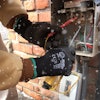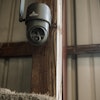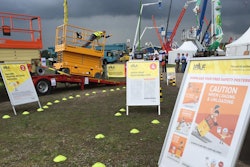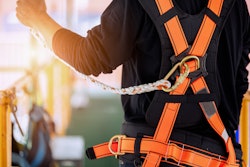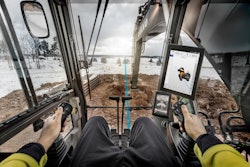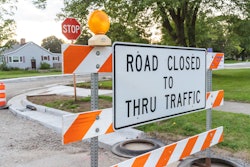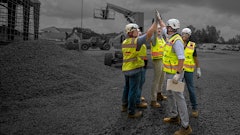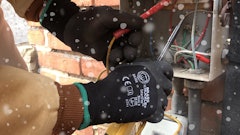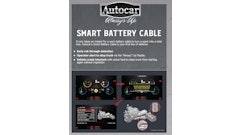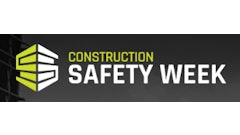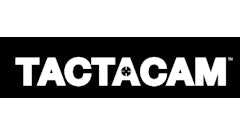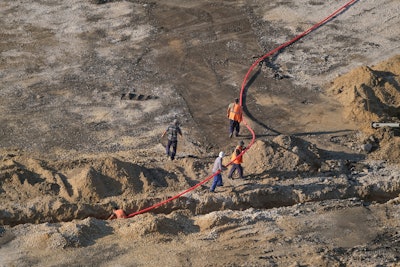
With construction projects, there are multiple risks to consider when on a jobsite. Let’s look at two of the most dangerous jobs—trenching and excavation.
In 2022, 39 people died while doing trenching or excavation work in the U.S., according to the Department of Labor. That number is more than double what it was in 2021.
Following the concerning increase in death toll, the Occupational Safety and Health Administration (OSHA) launched a safety campaign around trenching and excavation. Working directly with employers and agencies, they increased on-site inspections and, in certain states, helped pass legislation that increased fines for employers who don’t follow the needed safety protocols.
There are multiple safety risks on a trenching and excavation site, but cave-ins pose the most serious threat and are most likely to result in fatalities, according to OSHA. One cubic yard of soil can weigh as much as a car. If employees are in a trench when it caves in, it could be catastrophic.
With any safety issue, reducing the number of incidents often comes down to how proactive you are with your safety measures. A forward-thinking approach not only protects your workers—it also minimizes the financial and legal liabilities associated with these incidents.
As an employer, it’s your responsibility to ensure you’re taking the appropriate steps to keep your employees safe while on a jobsite. Here are three key ways to address the risk of cave-ins—and reduce the potential for employee injuries or deaths.
Soil Evaluations
Because of the extreme danger presented on these jobsites, you should start taking precautions before a job even begins. A big part of that process is checking the soil condition on your jobsite. If conditions aren’t ideal, it may not be safe to send your employees into a trench.
There are four classifications of soil that vary in stability: Solid rock, Type A, Type B, and Type C.
A competent person—someone who’s capable and experienced in identifying hazards—should evaluate soil each day and when conditions change. Things on a jobsite can change quickly, especially after rain, storms, vibrations, or other events that could increase hazards. At a minimum, one visual and one manual test is required. OSHA outlines what the evaluator should be looking during each test.
Protective Systems
Protective systems are a key element in making sure your trenching and excavation site is safe. They’re required for trenches that exceed five feet in depth or aren’t cut entirely into stable rock. But a competent person still needs to inspect areas that don’t meet this requirement to determine if a protective system is necessary. If your workers are in a trench that’s 20 feet deep or more, you need to have a protective system designed by a registered professional engineer in place.
Here are the systems recognized by OSHA:
- Shoring: This involves installing trench walls with aluminum hydraulics or other types of supports to prevent soil movement
- Sloping or benching: This means the trench wall is cut back at an angle inclined away from the excavation
- Shielding: Shielding uses trench boxes or other supports to prevent cave-ins—be sure to stay within the boundaries of the shield when entering and exiting
The type of system you use can depend on the soil type.
If there’s a cave-in, employees have a very short amount of time to get to safety. That’s why it’s also important to have appropriate exits at the excavation site. Ladders should be placed every 25 feet of lateral travel. Not only can accessible ladders provide a quick exit, but they reduce the likelihood that workers will jump into trenches or excavations and injure themselves.
As with soil conditions, a competent person must inspect these protective systems daily and whenever conditions shift.
Employee Training
While it’s your job as an employer to ensure proper precautions are taken on a trenching and excavation site, it’s vital that employees are trained on protocols and warning signs. They should be on the lookout for red flags—and should only enter a trench if:
- It’s been inspected by a competent person
- Cave-in protective measures are installed
- There are safe ways for them to exit a trench
- Equipment and other materials, such as piles of loose soil, are away from the edge
- There’s no standing water or atmospheric hazards
If an employee is ever unsure if a trench is safe, they should check with their supervisor to see if the required evaluations have taken place.
You can reduce the risk of cave-ins by implementing robust protective measures, conducting a thorough soil analysis, proper training, and maintaining vigilant inspection routines. But these are just a few key safety measures you should take. I encourage you to talk with your local experts and review OSHA’s trenching and excavation resources for a more in-depth look.



